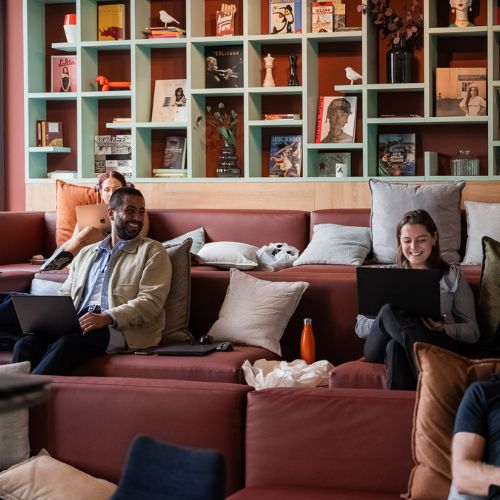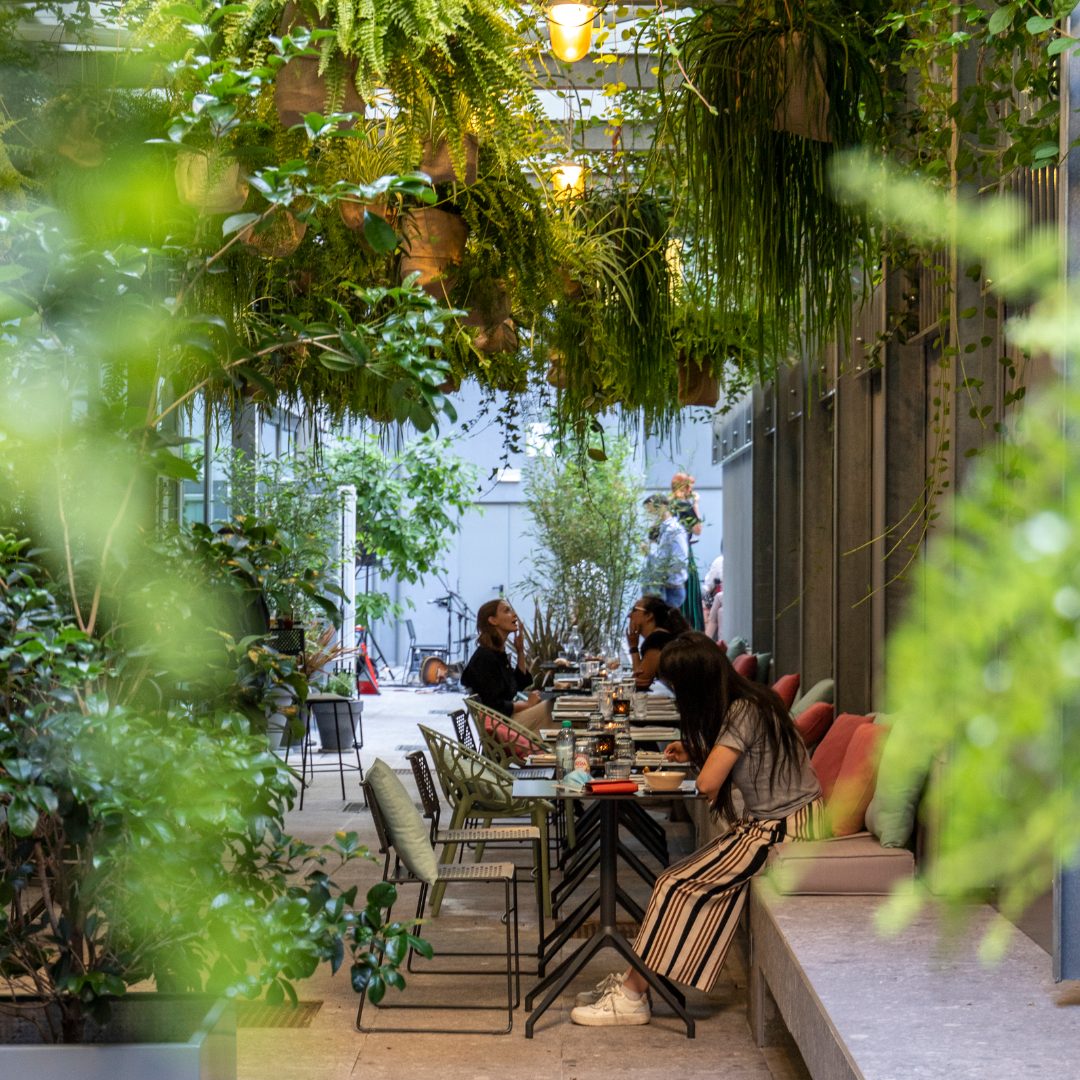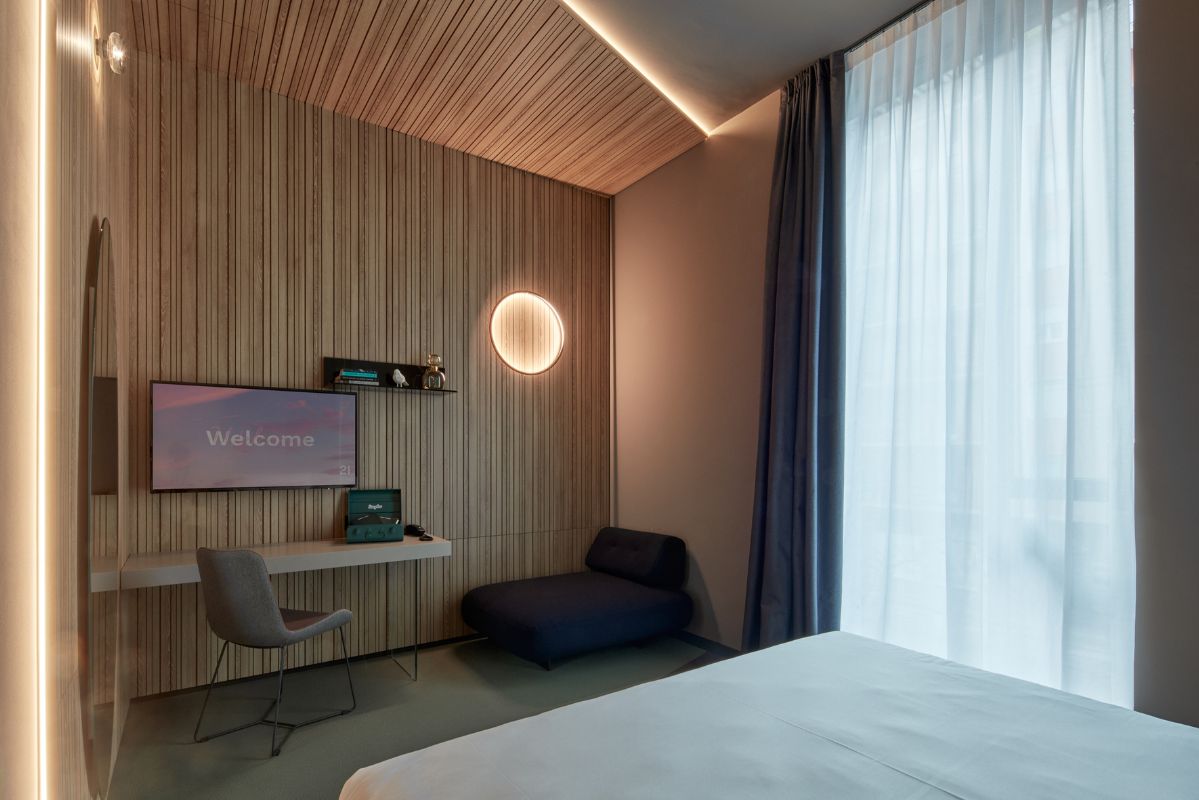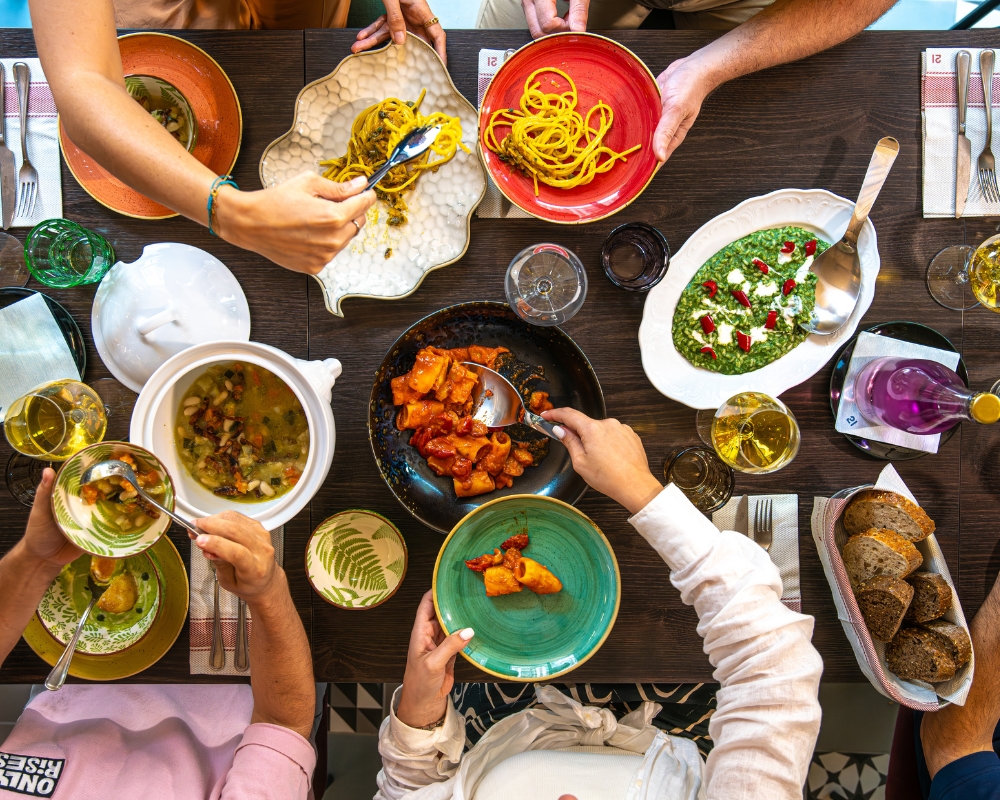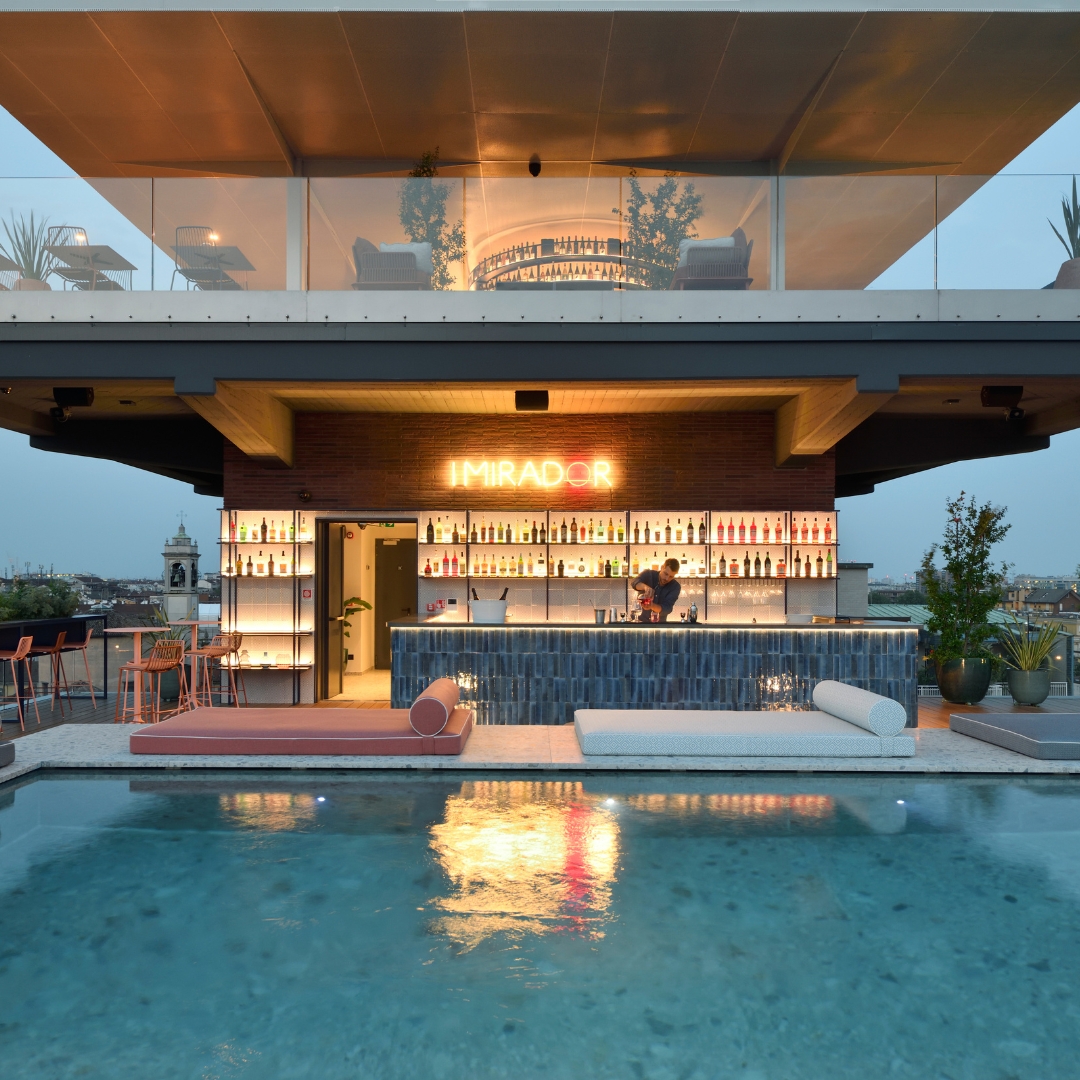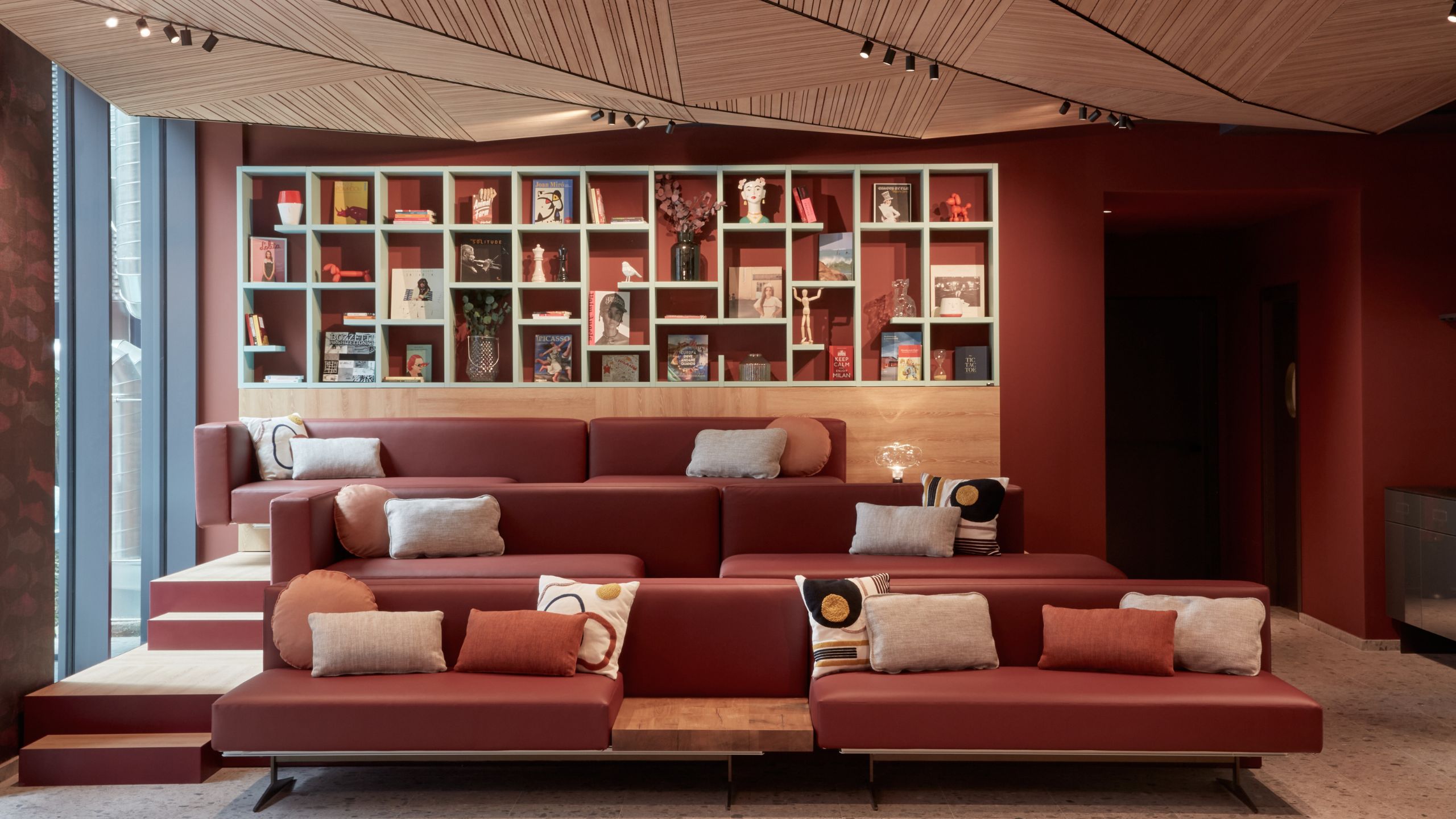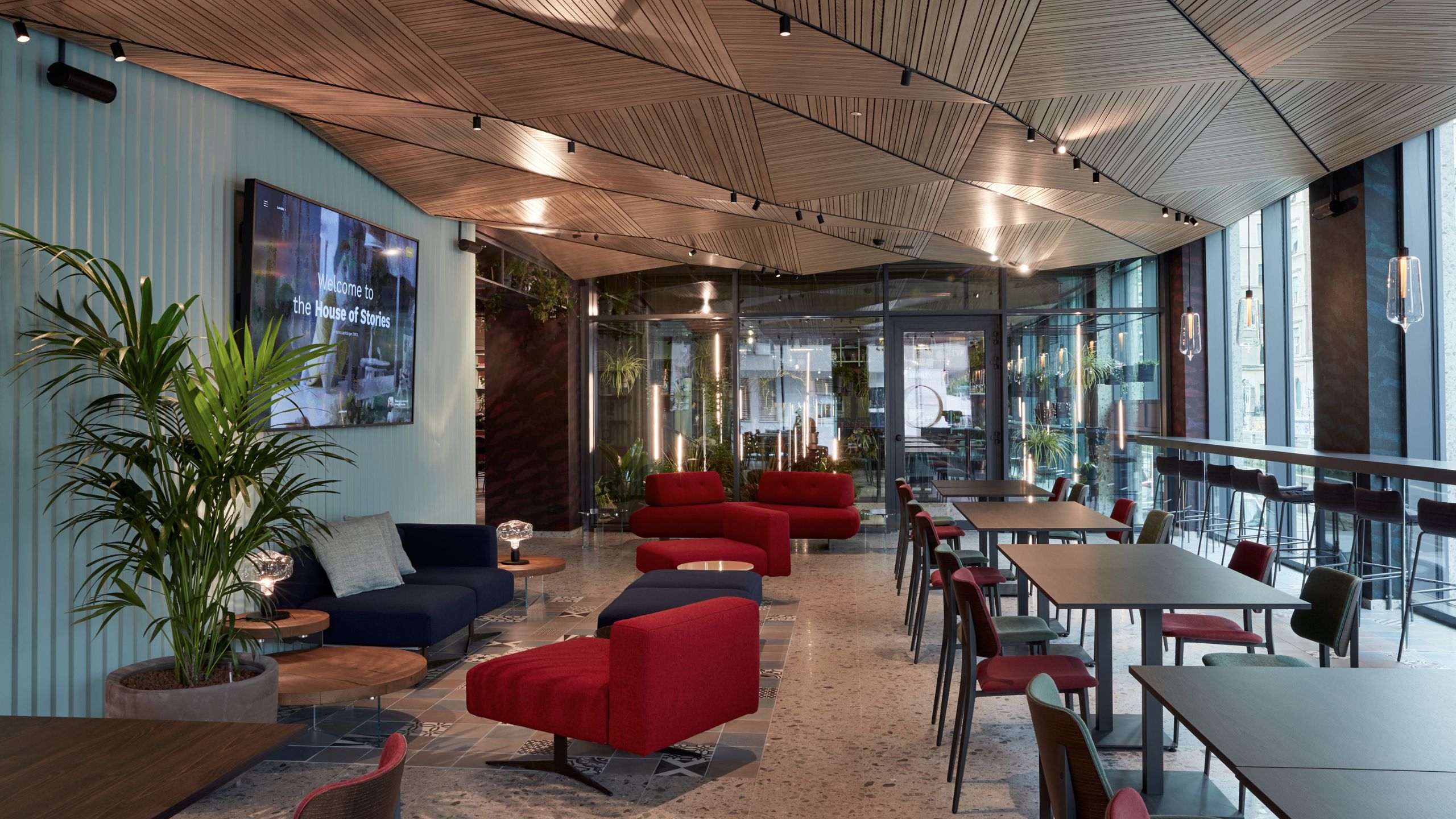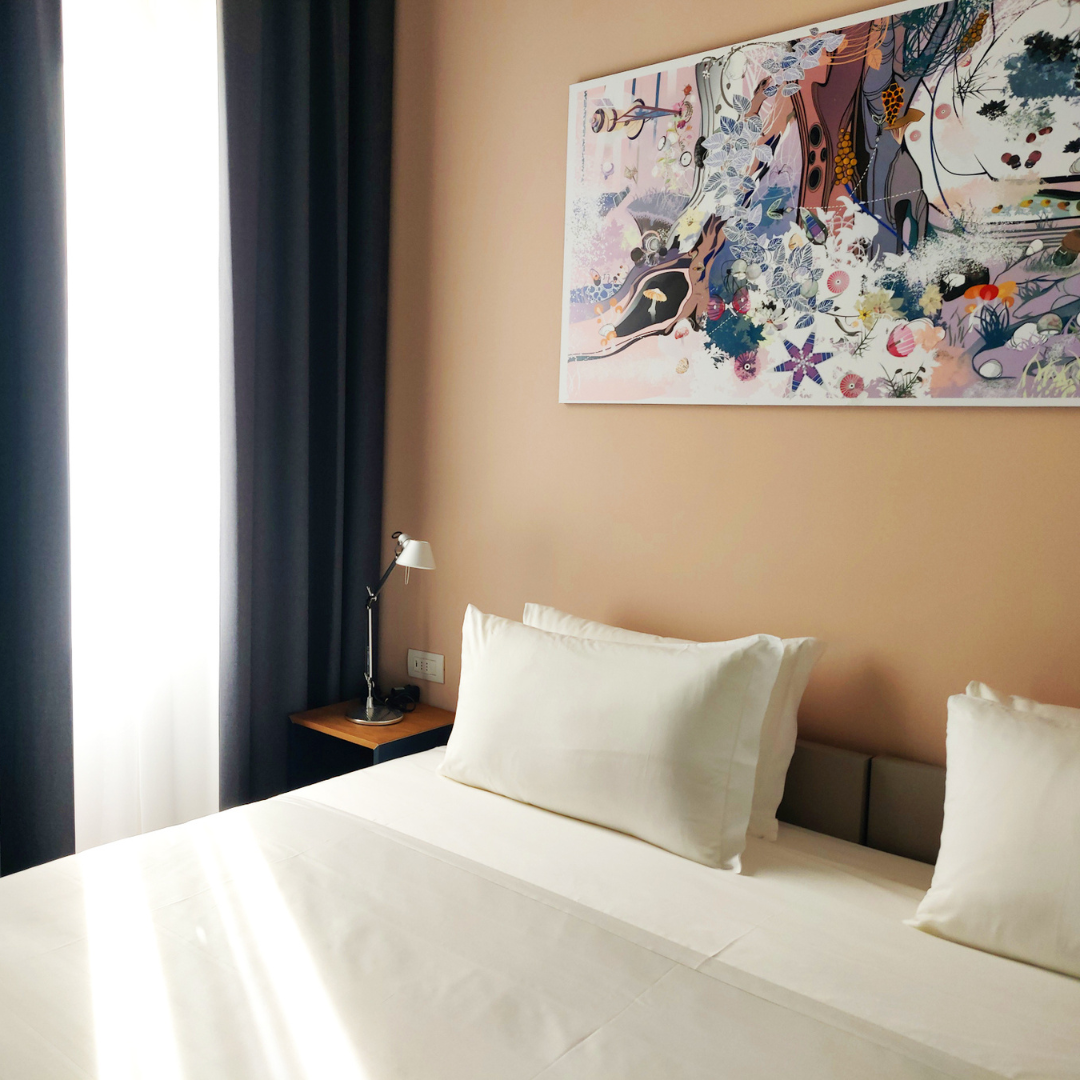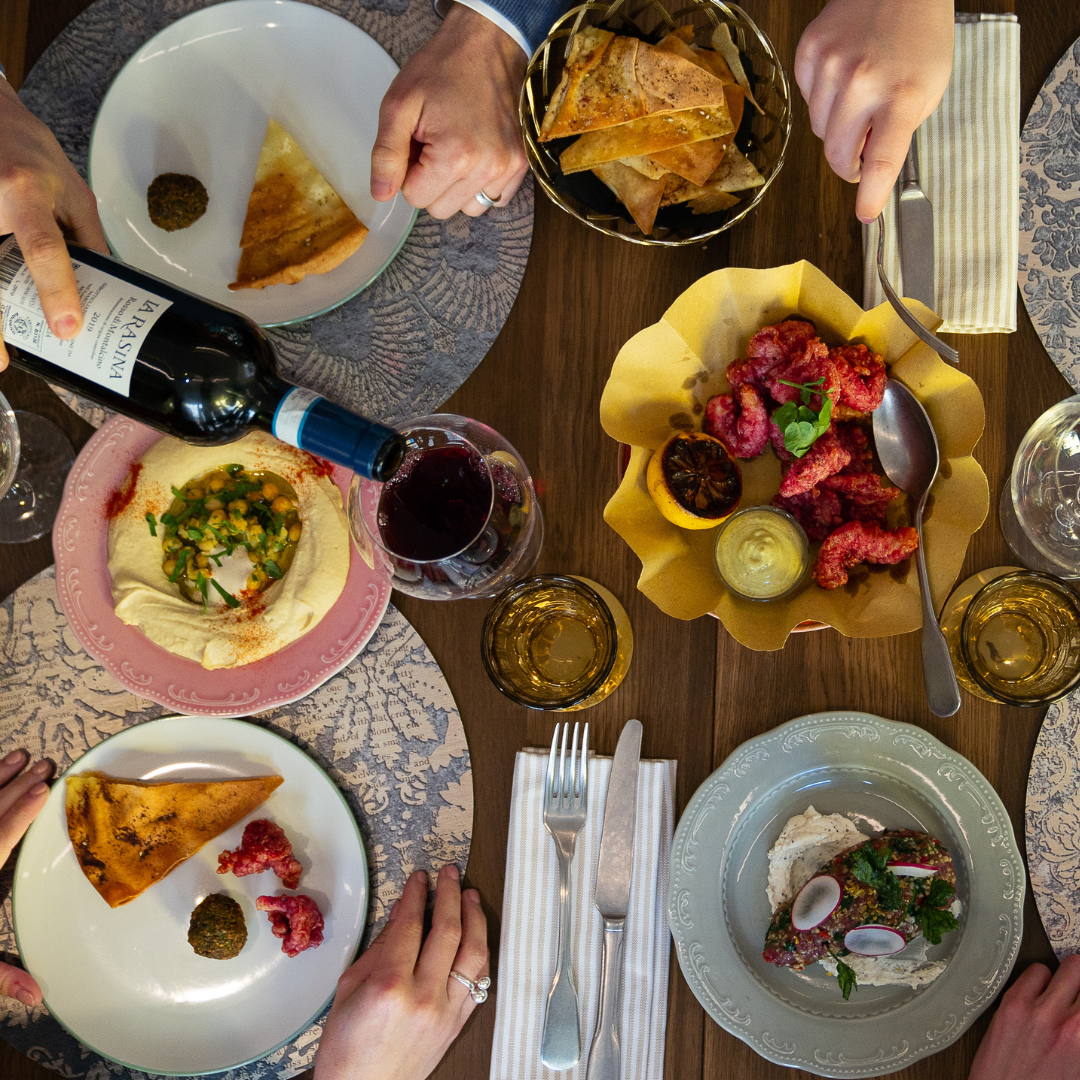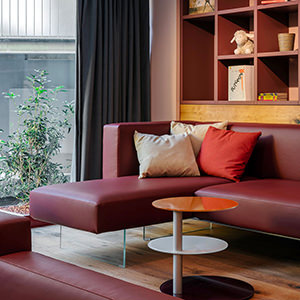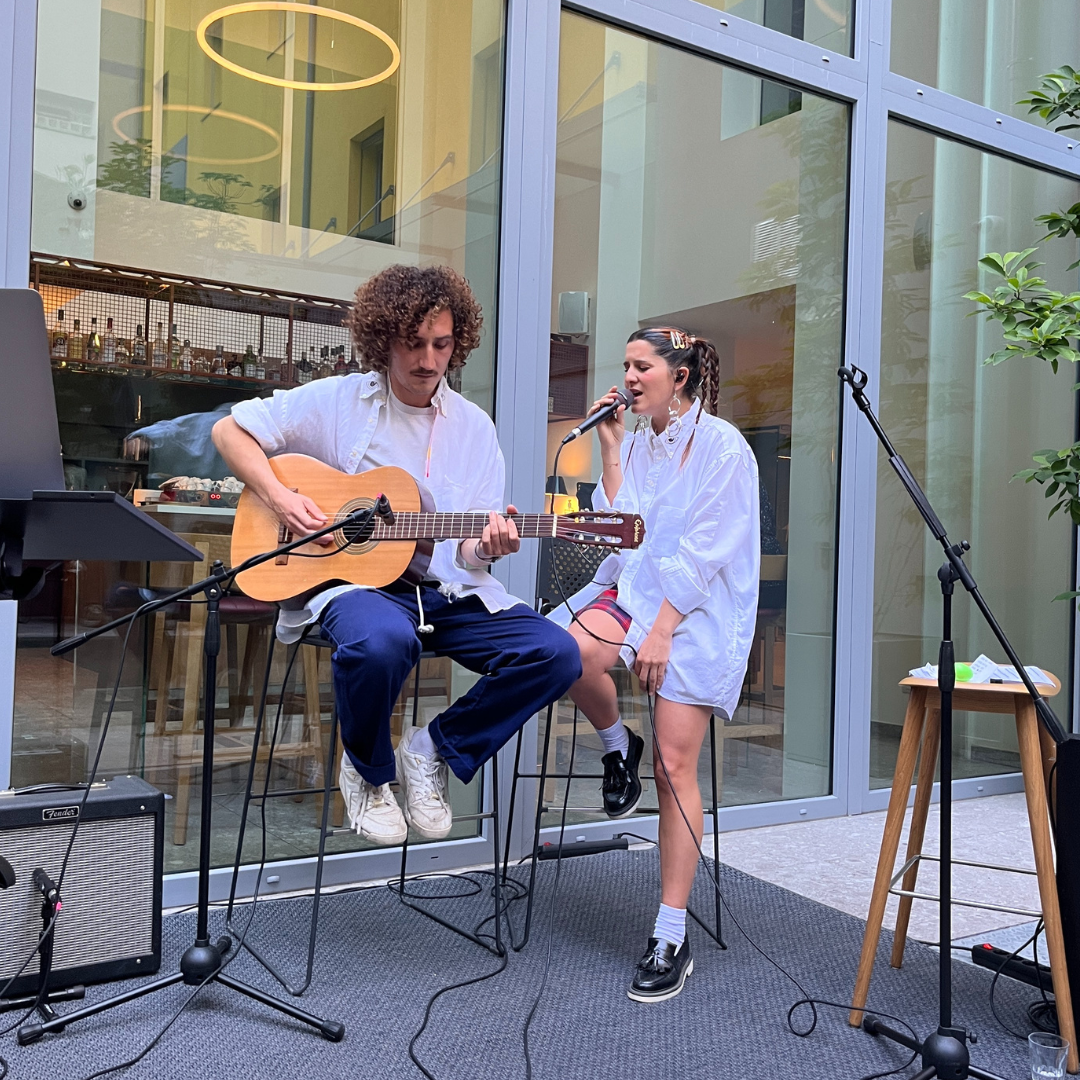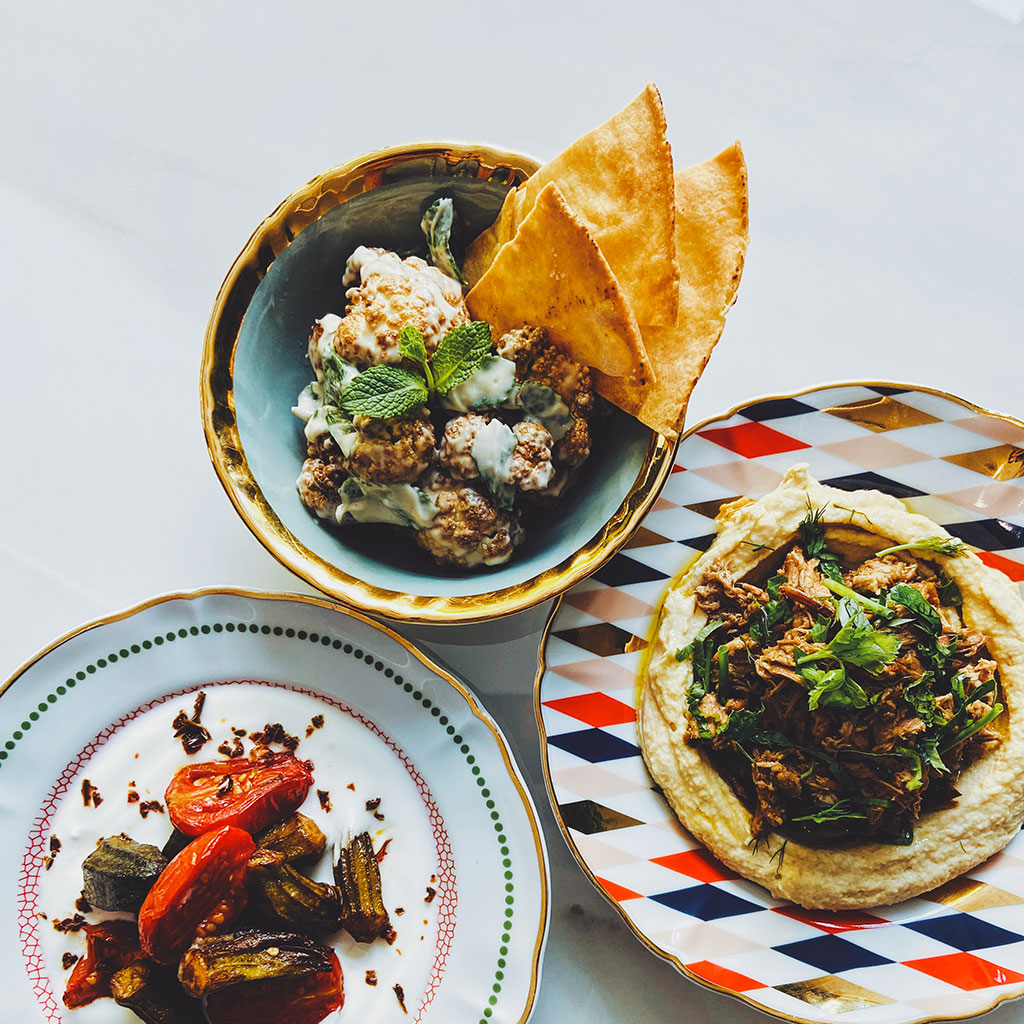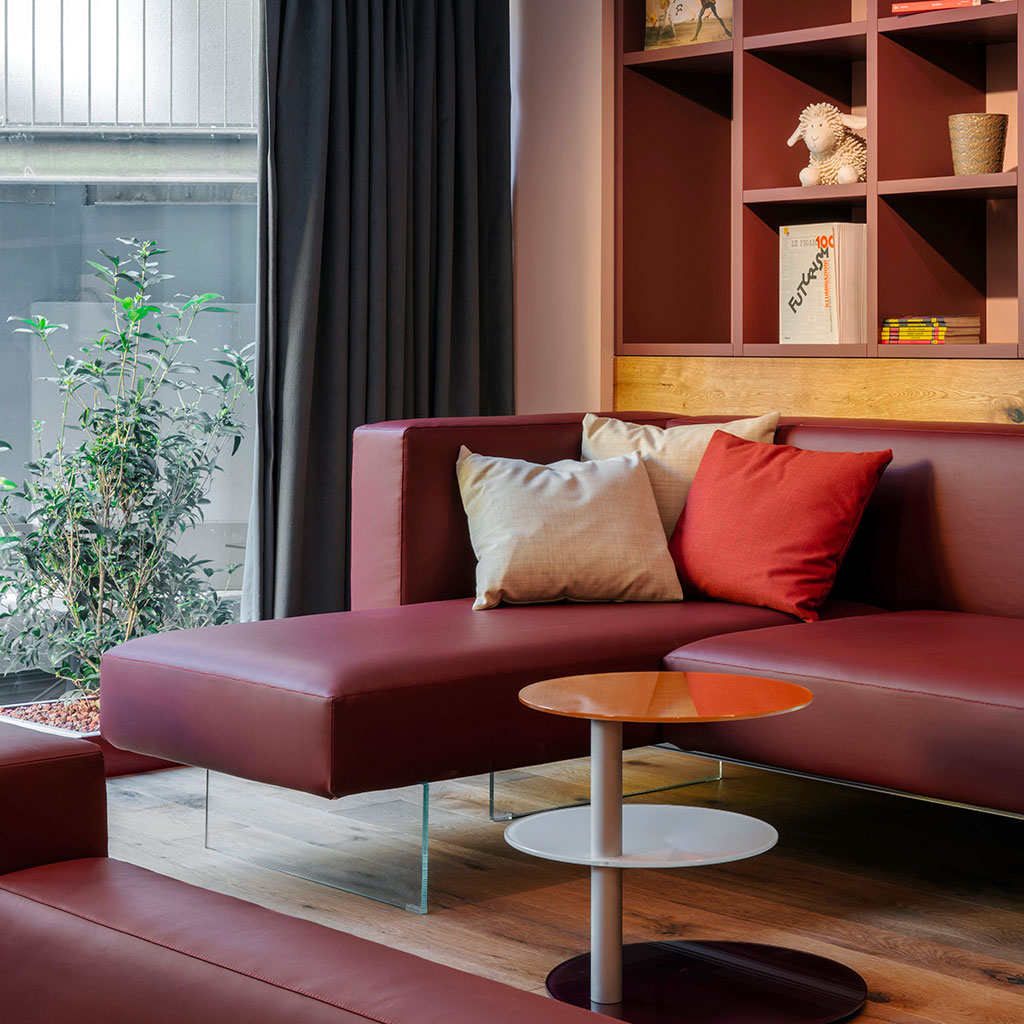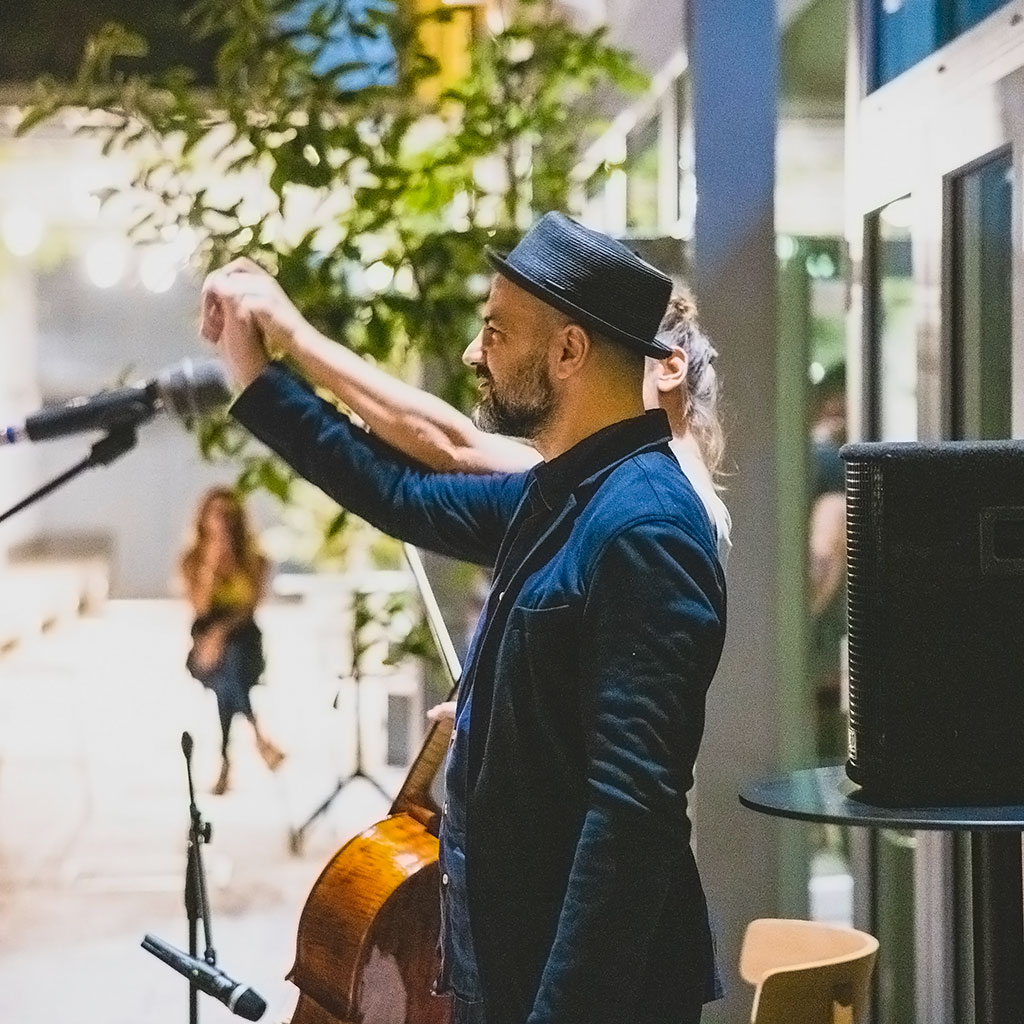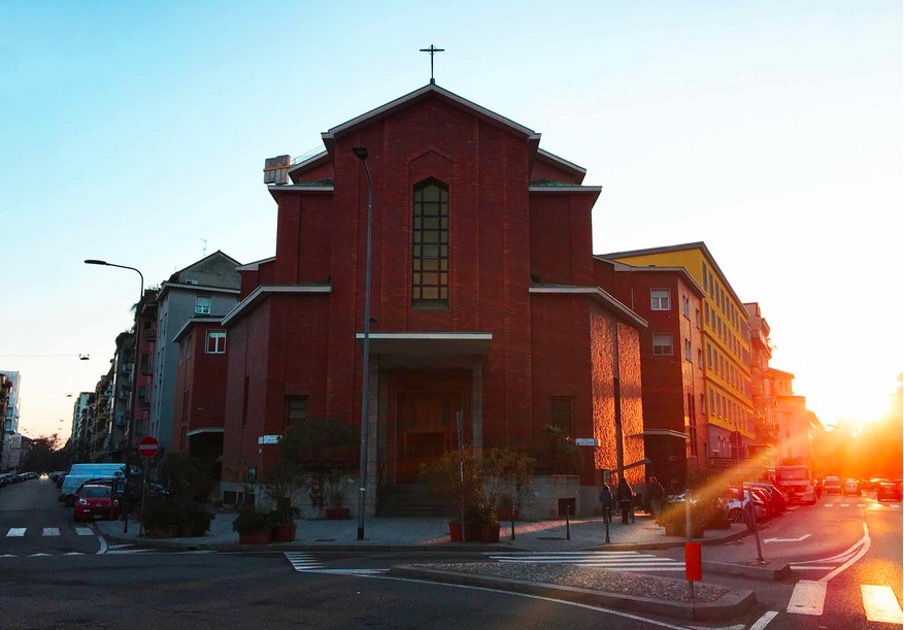
Discovering Città Studi
16 March 2021
Città Studi, the largest university district in the Lombard capital, is known for hosting the Polytechnic and the scientific faculties of the University of Milan, but this neighborhood has some great little surprises for those who visit or live there. Let’s discover it together.
Craftsmen and food
Many excellences can be found in this area of the city, starting with the artisan food stores. Let’s start with the Mercato Verde (Green Market), an organic supermarket specialized in fresh, vegetarian and vegan food products. The market also organizes cooking classes and evening events with buffets. Not far away is Raviolificio Colnaghi, a store that handcrafts various types of homemade ravioli, always filled with seasonal ingredients. Moving towards Loreto, instead, you can taste one of the symbols of the city of Milan, the panettone. In the Vergani boutique, inside the laboratory, hundreds of thousands of panettone cakes are handcrafted and available all year round in different variations. Still on the subject of sweets, near the Lima metro station, it is possible to taste the delights of the Belgian chocolate shop Charlotte Dusart. The laboratory on view allows you to see the creation of real works of art with the taste of cocoa and unlimited imagination. In the same area is Il Casolino, an artisan and organic food store. As for Il Mercato Verde, also inside Il Casolino it is possible to eat the gastronomy products directly in the store, feeling surrounded by a homely atmosphere.
Art
Speaking of art, via Enrico Nöe hosts Ribot – contemporary art, a gallery dedicated to Italian and international artists, especially European and American ones, placing great importance on site-specific projects. Not far away, in via Stradella, there are several branches of Galleria Raffaella Cortese, also dedicated to contemporary art and numerous performances. In addition to these exhibition centers, in Viale Lombardia there is a curious house built in the thirties of the twentieth century, the Casa Corbellini-Wassermann, designed by architect Piero Portaluppi. It is a square building, finished with polychromes of polished marble, rationalist and eclectic, which was the home of the family Corbellini and the German entrepreneur August Von Wassermann. There were, in addition, other rooms for rent. Now the house is also an art gallery, managed by the well-known gallery owner Massimo De Carlo. Portaluppi also created another home near Lima, the House-Museum Boschi di Stefano, which exhibits about three hundred works of the twentieth century, collected by the spouses Antonio Boschi and Marieda Di Stefano, then donated to the municipality of Milan. Spazio Tadini, instead, is a house-museum dedicated to the writer, essayist and painter Emilio Tadini, and also hosts exhibitions of artists from all over the world. The private residences to see do not end here, because, moving towards Lambrate, there are other interesting villas, such as Villa Folli, built in the 18th century, and Villa Busca Serbelloni, “La Palazzetta”, built towards the end of the 17th century. Although access is not allowed, the villas are, however, a small spectacle for the eyes.
Social life
There is no better way to end the tour with the clubs that animate Città Studi. Without a doubt the Matricola stands out, an Irish Pub where you can choose from a wide range of quality beers. In the Lambrate area, however, there are other Anglo-Saxon style pubs that serve excellent beer, namely the Pub and Pub Ristorante Birrificio Lambrate, from the homonymous craft brewery. Follows the Union Club, an institution in the youth scene, especially university, ideal for dinners and aperitifs. The neighborhood is also home to the interesting UpCycle, the first Bike Café in Italy, where you can have lunch, dinner and aperitifs with a northern European cuisine, working, studying, listening to live music and … being able to repair your bike thanks to a special space equipped with tools. In the Ortica area there is a place with an eclectic look, that is La Santeria Paladini 8, a place where you can have brunch, lunches and aperitifs both in the internal rooms and in the external garden. La Santeria also includes a coworking space, a record and book store and a rich calendar of cultural events, music and comedy shows. Not far away there is La Balera dell’Ortica, a trattoria with a vintage taste, with a bowling alley and a large dance floor where you can dance to the rhythm of boogie woogie. To complete this list we could not miss another important Milanese institution: the Bar Basso, a place that first, in the forties, introduced the consumption of cocktails in neighborhood bars and not only in luxury lounges. The same place where, by mistake, the Negroni Sbagliato was born, and where, for decades, musicians and artists meet. Today the Bar Basso continues to be a meeting place, especially during the Salone del Mobile.

